In today's fast-paced world, convenience is key. Food delivery has become a cornerstone of modern convenience with the rise of on-demand services. As more consumers opt for the ease of ordering meals from their favorite restaurants without leaving their homes, businesses in the food industry are constantly seeking innovative ways to improve their services. One such avenue is integrating Food Delivery APIs into their applications. In this article, we'll explore the benefits of utilizing a food delivery api and how it can help food delivery businesses extend their apps for better delivery.
What Is a Food Delivery API?
A Food Delivery API (Application Programming Interface) comprises protocols, tools, and definitions facilitating communication between distinct software applications. Essentially, it acts as a bridge between the food delivery platform and third-party applications, enabling seamless integration of delivery services into existing apps.
How Does The Food Delivery Service API Work?
A Food Delivery API acts as a digital connector, linking food businesses with other applications and systems seamlessly. Imagine it as ensuring that when you order your favourite pizza through an app, the order flows directly to the restaurant's kitchen.
Here's a simplified overview of its operation:
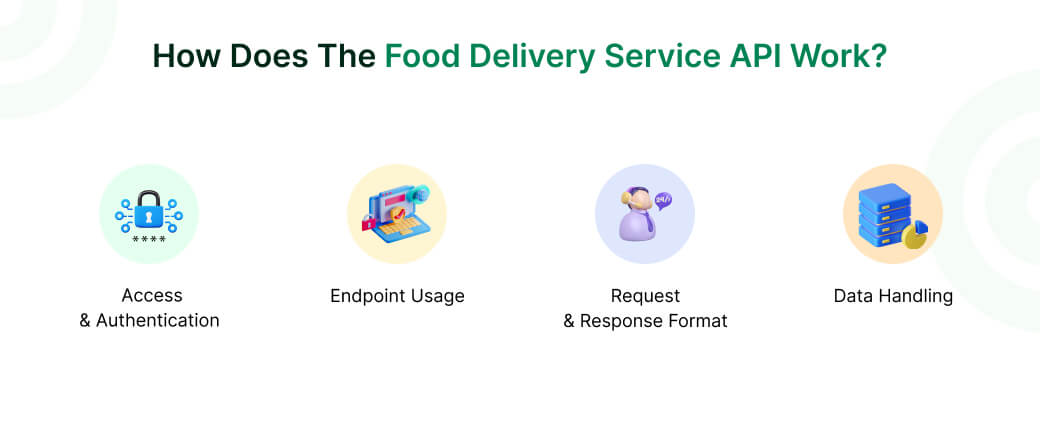
1. Access and Authentication
To begin, developers obtain an API key or token, granting them access to the API's functionality.
2. Endpoint Usage
The API furnishes specific endpoints (URLs) that developers can utilize to execute various tasks, such as finding restaurants, placing orders, and tracking deliveries.
3. Request and Response Format
Developers craft HTTP requests (e.g., GET, POST) to these endpoints, incorporating specific parameters. Subsequently, the API processes these requests and furnishes a structured response in an agreed-upon format, typically JSON or XML.
4. Data Handling
This is where the API works its magic. It enables developers to retrieve an array of data, ranging from restaurant details to menu items and pricing. Furthermore, developers can manipulate this data, whether it's placing orders, updating addresses, or canceling orders. It's akin to having a digital waiter at your service, fulfilling your requests effortlessly.
What’s About Food Delivery API Integration and Functionality?
When integrating a food delivery api, the functionalities it provides play a crucial role in shaping the user experience. Below are key features you can anticipate:
Restaurant Search
Craving a specific cuisine? This feature allows users to discover nearby restaurants based on factors like location, cuisine type, ratings, and more. No more endless scrolling; a quick search leads to a delightful dining option. It's akin to having a personalized food guide at your fingertips.
Menu Access
Curious about what's on the menu? Say goodbye to uncertainty with this feature, which enables users to access menus from specific restaurants. Get insights into item names, prices, and tantalizing descriptions. It's like having the restaurant's menu available to you around the clock.
Order Placement
Ready to satisfy your cravings? Ordering food is a breeze with this feature. Users can place orders effortlessly, selecting items, specifying quantities, and adding special instructions with just a few taps in the food ordering api.
Order Tracking
Eager to know when the meal will arrive? Stay informed about the order's status in real-time. Track its journey from preparation to delivery, ensuring to know exactly when to expect the delicious feast.
These functionalities go beyond mere convenience; they're designed to deliver an exceptional food experience. Furthermore, integrating these functionalities into a Food Delivery API facilitates smooth compatibility with third-party apps and websites. This empowers developers to enhance their creations with seamless food ordering capabilities, all without any hassle.
Benefits of Using a Food Ordering API
Utilizing a food delivery API brings a multitude of benefits:
Enhanced Efficiency
Think of these APIs as efficiency boosters for businesses. They streamline the entire ordering and processing workflow, freeing up the team to focus on other essential tasks.
Cost-Efficiency
Food delivery APIs are like financial wizards. By automating processes such as order routing and dispatch, they help businesses save significant amounts of money.
Improved Customer Satisfaction
It serves as the secret sauce for exceptional customer experiences. Imagine features like real-time order tracking and accurate delivery estimates – these are surefire ways to delight customers and keep them coming back for more.
Expanding Reach
Food delivery APIs act as gateways to new customers. By integrating the restaurant with multiple food delivery apps, one can cast a wider net and attract a larger audience. This translates to more delicious meals served to a broader array of hungry customers!
How to Implement a Food Delivery API
Integrating a food delivery api into an existing app involves several steps:
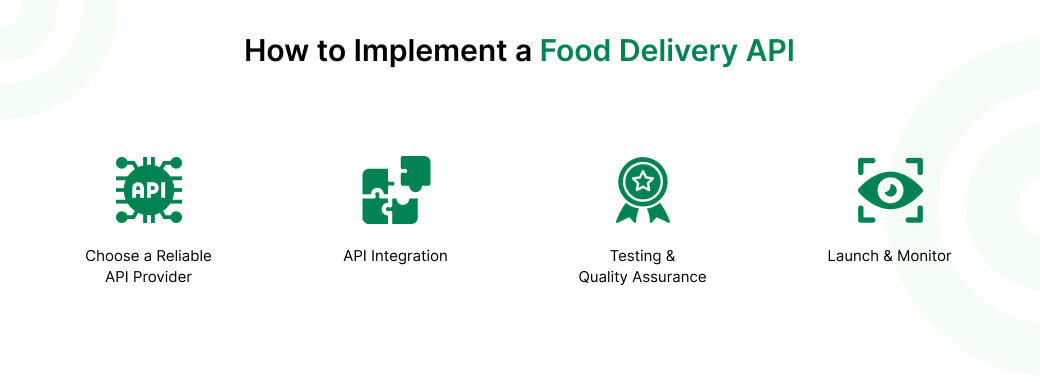
Choose a Reliable API Provider
Select a reputable Food Delivery API provider that offers the features and functionality that align with your business needs.
API Integration
Work with your development team to integrate the API into your app seamlessly. Ensure that the user interface remains intuitive and cohesive throughout the integration process.
Testing and Quality Assurance
Thoroughly test the integration to identify and address any bugs or issues. Conduct usability testing to ensure that the delivery features are user-friendly and intuitive.
Launch and Monitor
Once the integration is complete, launch the updated app with the new delivery features. Monitor performance metrics and user feedback to continually optimize and improve the delivery experience.
Understanding Transgenie’s API for Food Delivery
Transgenie serves as a robust platform for crafting food delivery APIs that are both efficient and scalable. It transcends being just an API by tapping into location-based data to enhance food delivery experiences.
This API performs a vital function in computing distances between various locations, considering real-time traffic conditions, offering multiple travel modes, and ensuring global coverage, scalability, and additional functionalities. It represents a revolutionary advancement for food delivery services striving to provide efficient and economical delivery solutions.
Conclusion
In today's competitive landscape, offering delivery services is no longer just an option but a necessity for businesses in the food industry. By integrating a Food Delivery API into their apps, businesses can enhance the delivery experience for their customers, expand their reach, and drive growth. With the right API provider and strategic implementation, businesses can stay ahead of the curve and thrive in the ever-evolving world of food delivery.
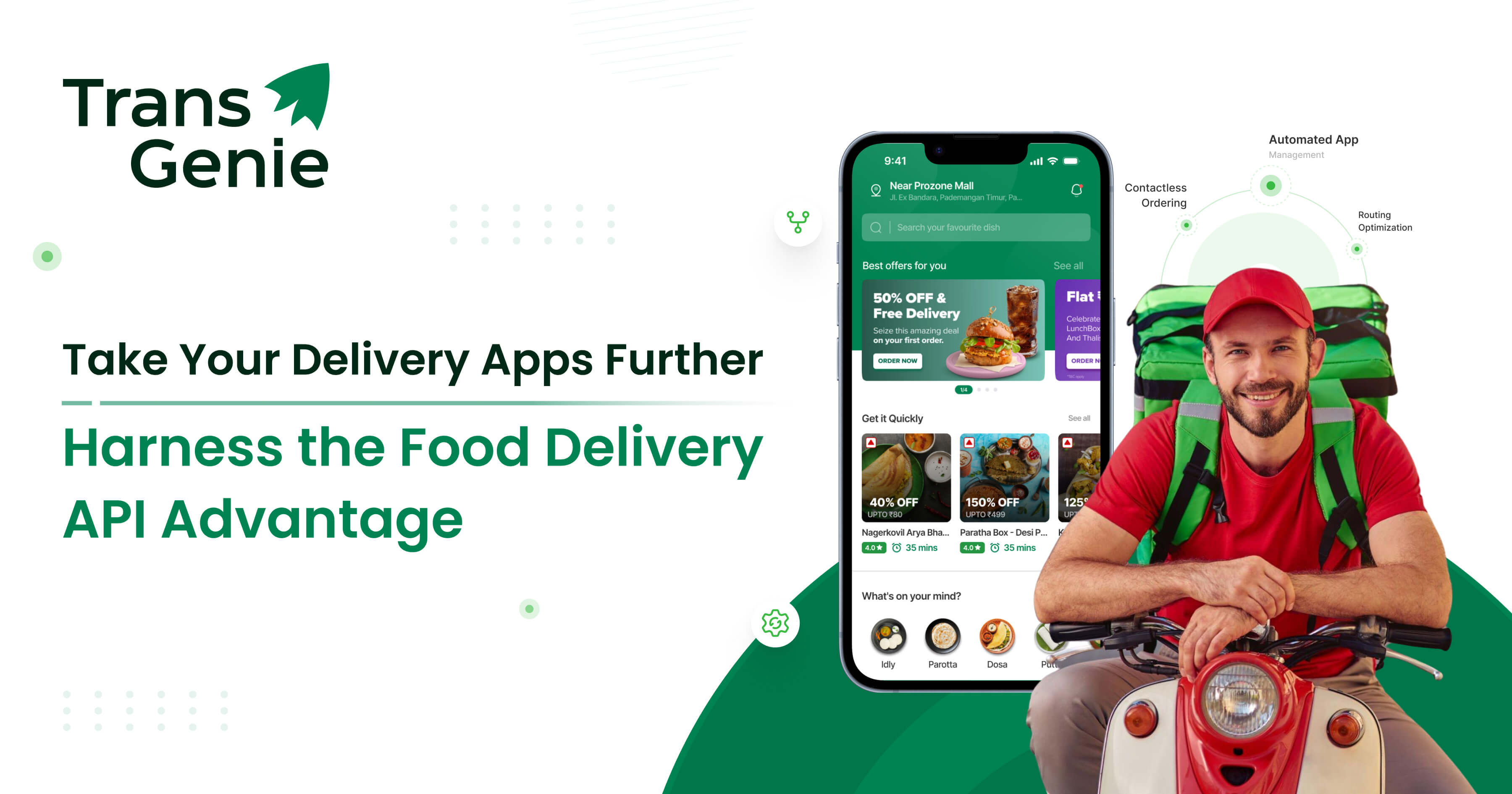
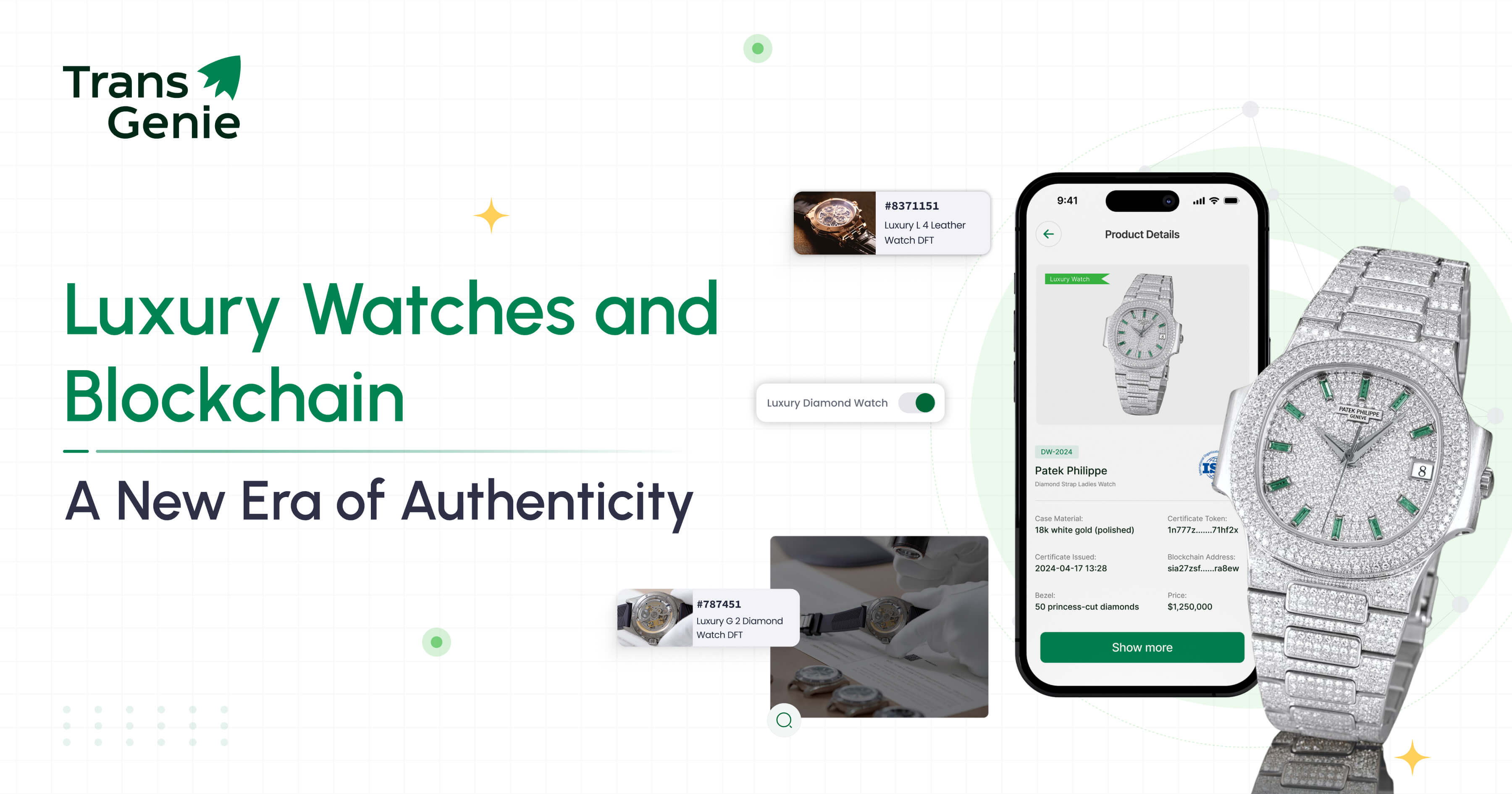

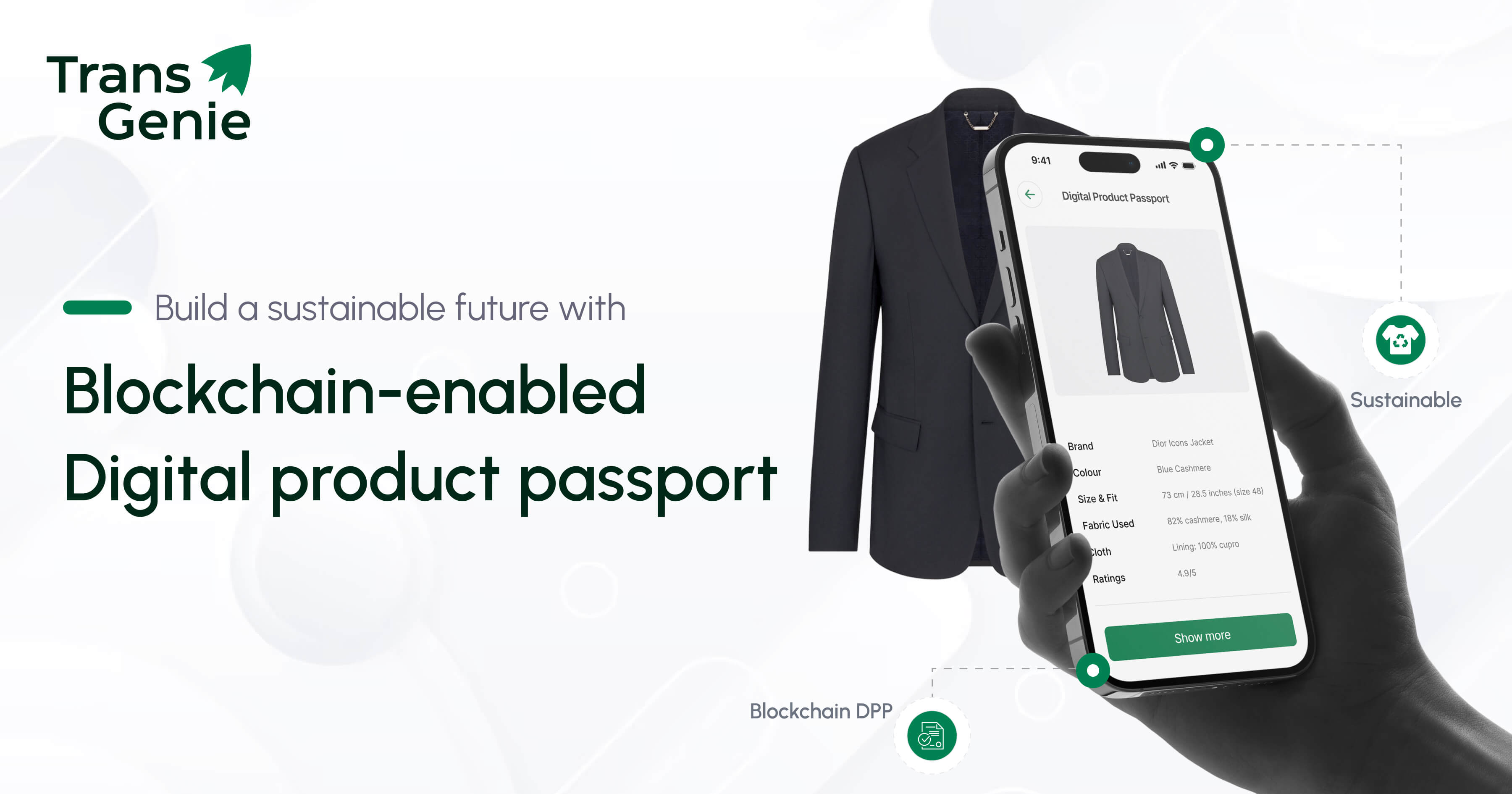


Yokesh Sankar